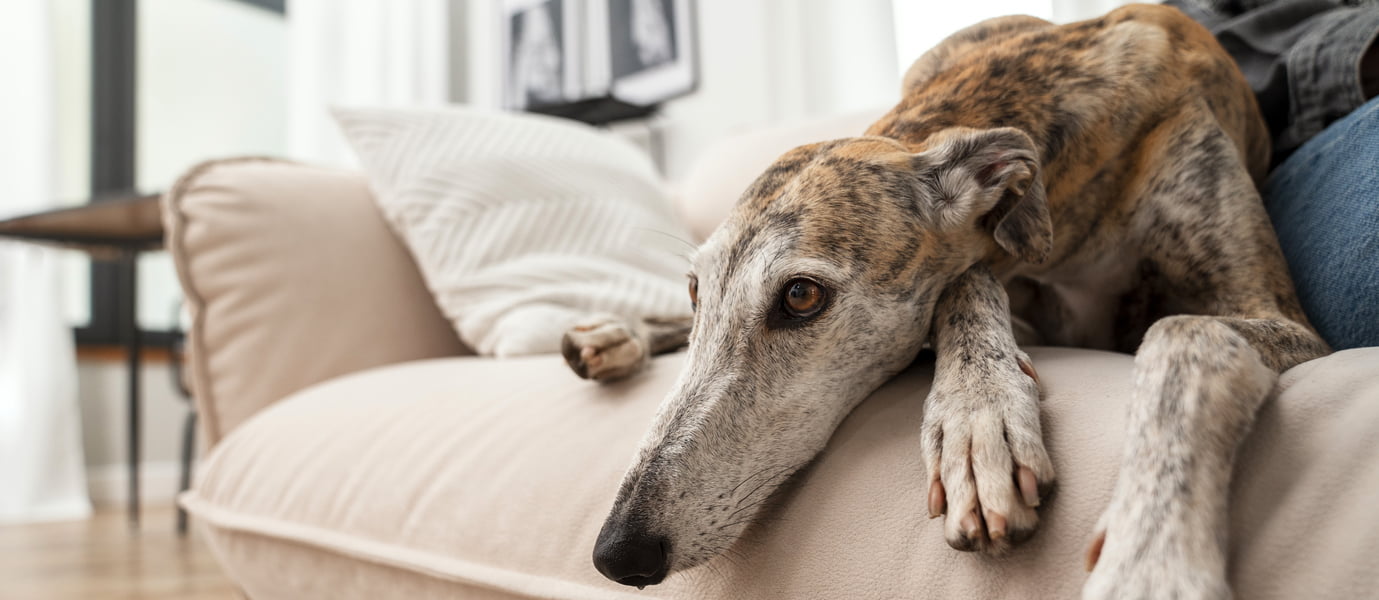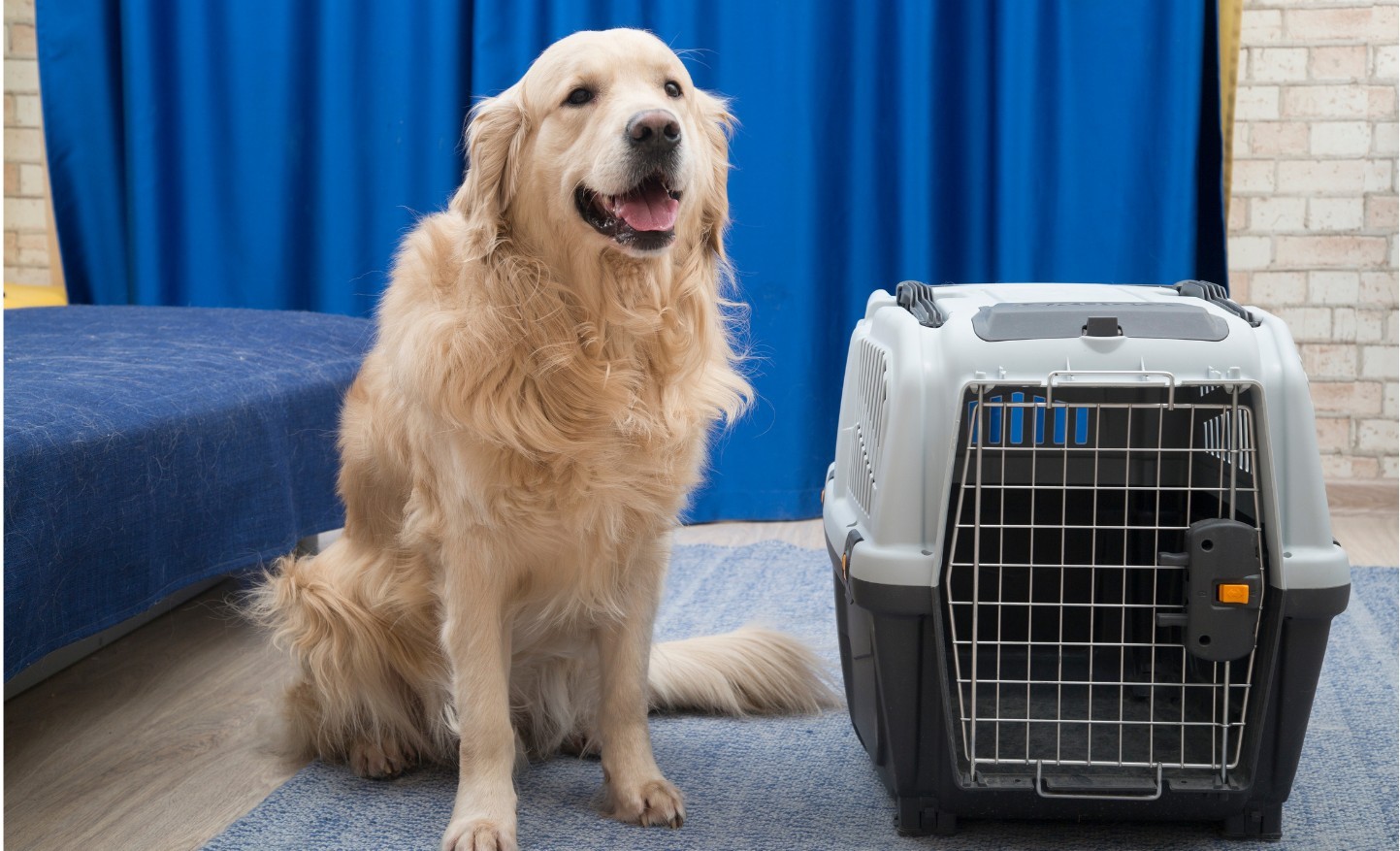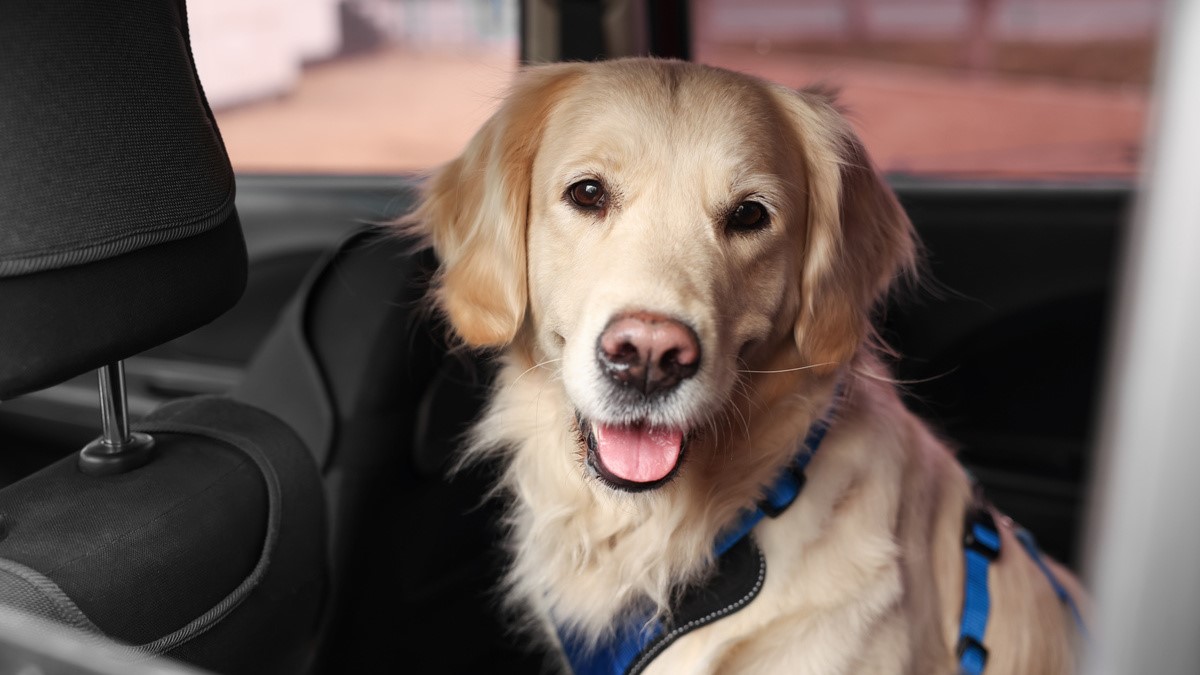
Adviсes • 10 April, 2025
Flying with pets: step-by-step guide
Flying with pets requires a special approach and preparation. In order for your furry friend to travel with you comfortably and safely, it is important to learn all the rules for transporting animals on the plane in advance and follow a few mandatory steps.
Preparation of documents and registration
Before you go to the airport, you need to take care of the pet's documents. Most airlines will require:
- veterinary passport of the animal with notes on vaccinations and treatment against parasites;
- health certificate issued by the veterinarian no later than 5 days before departure;
- microchip or chipping – some airlines require the pet to be chipped before flying, especially when it comes to international flights. A microchip is a small device with a unique code that is inserted under the skin of an animal and helps to identify it in case of loss or at customs control.
In addition, it is important to check in your pet for the flight in advance. Many airlines allow you to do this via the Internet, but it is better to check all the details on the carrier's website.
Adapting your pet to travel

Flying is stressful for an animal, especially if it is traveling for the first time. To minimize anxiety, it is important to prepare your pet for the flight in advance:
Getting used to carrying
Start a few weeks before the trip: let the pet spend a few minutes a day in the container, gradually increasing the time. You can put your favorite toys and treats inside to create positive associations.
Sedatives: yes or no?
Some owners give their animals sedatives, but they can have a negative impact on their health, especially when their blood pressure drops. It is better to consult a veterinarian and choose a safe option.
Pre-flight nutrition features
It is better not to feed your pet (especially cats and dogs) 6-8 hours before departure to avoid motion sickness and stomach problems. But there should always be access to water.
Choosing a transportation method
Depending on the size of your pet, it can be transported both in the cabin and in the luggage compartment. Standard requirements for transportation of animals on board:
-the weight of an animal with a cage should not exceed 8-10 kg (conditions may vary slightly for different airlines).
- the cage or container should be well ventilated, closed and spacious enough for the pet.
If the pet is larger and does not fit in the cabin, it will need to be transported in a special compartment in the luggage compartment.
Conditions of transportation of pets

Each airline has its own rules for transporting animals, but there are some general recommendations that are important to consider:
- the container for the pet must be strong, with reliable doors and without sharp corners, so that the pet is not injured;
- the animal must have access to water and be provided with a comfortable temperature.
Do not forget to prepare your pet for the flight in advance. This is important for both his and your comfort.
Flying with animals is not only a responsible task, but also an important part of preparing for the trip. Timely preparation and compliance with all the rules will help you and your pet to easily transfer the flight.
Features of passing control at the airport
Passing through the safety zone is a mandatory part of the journey, and the animal must also pass a check. To make everything go smoothly:
Get ready for inspection
At most screening points, you will be asked to remove your pet from the carrier and walk through the metal detector frame on your hands. The cell or container is checked separately.
Use a leash
If you have a dog, wear a reliable collar or harness so that the pet does not break out in a stressful situation. For cats, you can practice wearing a leash in advance.
Be prepared for questions
Airport staff can check the breed, documents, and availability of vaccination — it is better to keep all the information at hand.
Common mistakes when transporting animals
Even experienced travelers can make mistakes when transporting pets. Here are the most common ones:
Missing documents
For example, some countries require not only a veterinary passport, but also special health certificates or rabies test results.
Incorrect carrier selection
The container may be too small or poorly ventilated, which will create inconvenience for the pet.
Late check-in for your flight
The number of pets on board is limited, so it is best to book a place for your pet in advance.
What should I do after arrival?

After landing, it is important to help your pet adapt faster:
Allow time to recover
Do not open the carrier immediately after leaving the plane — let the pet calm down.
Offer water and a light snack
A long flight can cause dehydration, so it is important to give the animal a drink and give something light from the usual food.
Observe the behavior
If the pet is restless, refuses to eat, or looks sluggish, it may be unwell. In some cases, chronic diseases may worsen after the flight.
Flying with a pet is a simple task if you prepare in advance. Properly designed documents, a convenient container and attention to the comfort of the animal will help make the trip calm and safe. And if you have to transfer, you can read the article "How to spend time at a layoiver airport", which contains tips on how to wait comfortably for a flight for both owners and their pets.